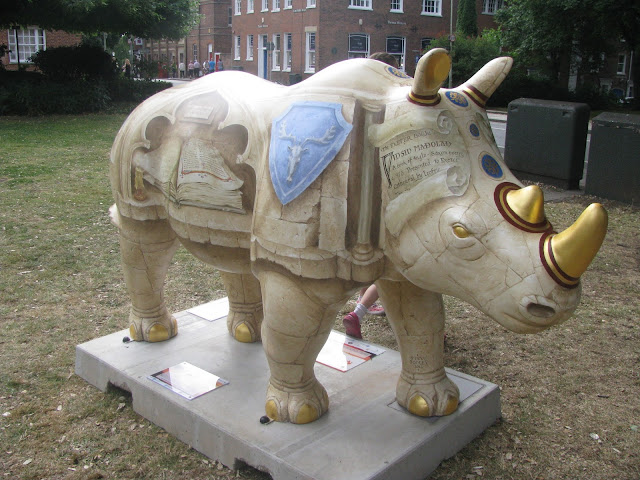 |
| Coreopsis Rosea |
It's fair to say that my herbaceous border is the one spot of colour in a garden that is slowly nestling into the forthcoming autumn. It looks like it has more fight left too, with an intensity that is refusing to give way. Rudbeckia summerina yellow is the undeniable king here, its long-lasting fiery flowers lording it over all they survey. Other delights include fragrant oregano and lavender, whilst round the corner, the little skirts of heleniums blaze a trail into one of next year's projects, thus unknown, but possibly a spring border. I'm delighted with my late summer border, not least because less than two years ago, this was mostly concrete:
 |
| Before - September 2014 |
 |
| After - August 2016 |
Up the side of the garden, where the land slopes and the soil is dry, thin, poor and shady, I've set about the process in a more naturalised manner. Foxgloves, periwinkle and a honeysuckle have now joined the dormant-lying polemonium (Jacob's ladder) and primula vialli, and with the introduction next year of red campion and snake's head fritillaries, we'll very much be looking at a patch of native flora - surely a perfect stop-off for moths and butterflies, and a perfect hunting ground for slow worms - rather like the one I disturbed recently in just this location.
 |
| Young slow worm... and lunch? |
Autumn is coming, but this year I'm determined to have a garden with interest extending through all twelve months of the year. This weekend, I popped in some new cyclamen, whilst also admiring the first green foliage of last year's returnees. Along with hellebores, cyclamens are my heroes of winter, flowering for months and not ceasing until they can pass their baton onto a successor - usually the primrose, crocus or early daffodil. So whilst the sun is still relatively high in the sky, and the heat of summer is still in full swing, it's fair to say that a part of my mind is somewhere in the midwinter, crunching through the frosts to enjoy these little wonders which, although they inhabit the same garden, know a very different world.
 |
| Cyclamen |
The birds have long since stopped singing, late summer flowering shrubs such as buddleja are finally on the wane, and there's even a small collection of freshly-laid leaves gathering in the corners. This is the time of year when I begin to most strongly sense the rhythm of nature, through the reassuring chirp of the grasshoppers and the reliability of the blackberry crop. The enjoyment of a season is always heightened by the firm understanding that everything is finite, yet will infinitely be followed by another - different - opportunity. For me, the summer-autumn divide is the most soulful and reminiscent of the seasonal changes - it is all-encompassing, and is perhaps the one time when I see the garden, the year, the wildlife, and all the planting, as one whole.
 |
| Rudbeckia summerina yellow |
 |
| Late summer colour |






